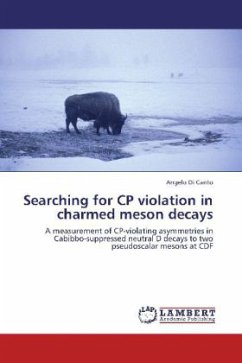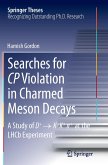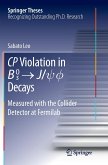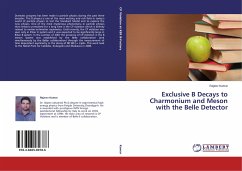Discrete symmetries as parity P, charge conjugation C and time reversal T, as well as their combinations such as CP and CPT play a fundamental role in particle physics. The CP symmetry violation was discovered unexpectedly in 1964 during the regeneration studies of the neutral K mesons, and result in a far reaching consequences. In the framework of the Standard Model it implies the existence of the third generation of quarks. Moreover, it is a very important mechanism which could have an essential contribution to the asymmetry between matter and antimatter in the Universe. Parameters describing CP violation in neutral kaon decays were measured with a good precision and at present the main experimental effort is focused on studies of the neutral B and D meson systems. However, there are still several interesting open issues in the kaon physics, like rare Ks meson decays. This work is focused on the measurement of the rare CP violating Ks 3 0 decay branching ratio based on the datasample gathered with the KLOE detector operating at the factory DA NE in the Italian National Center for Nuclear Physics in Frascati.








